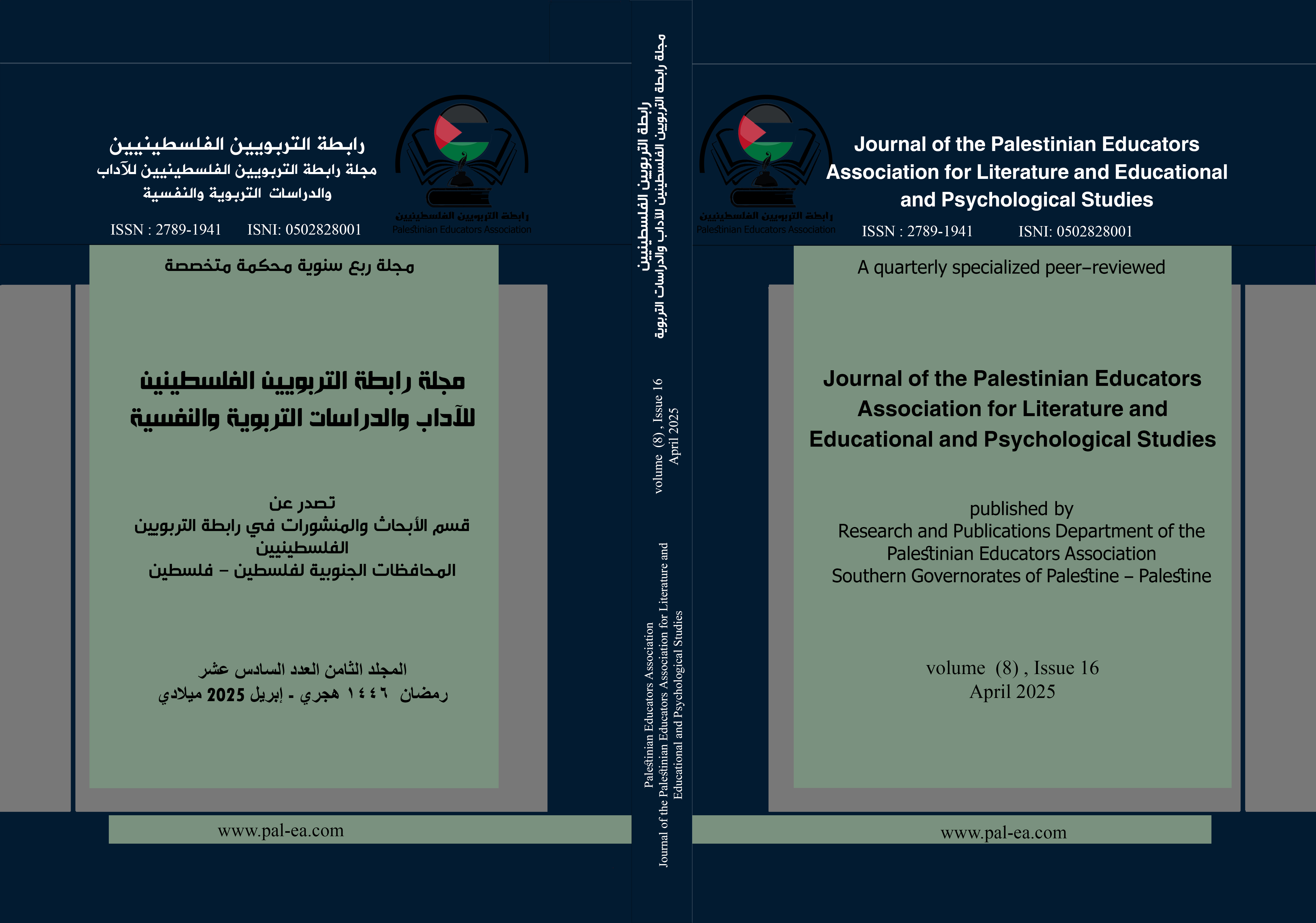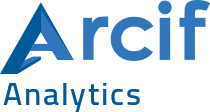Educational Brain Drain: A Sociological Analysis of the Implications of the Emigration of Palestinian Educational Skills for the Quality of Education in Palestine
Keywords:
Educational brain drain - Education quality - Palestinian teacher migration - Educational policiesAbstract
This study analyzes the sociological dimensions of Palestinian teacher migration and its impact on education quality in the West Bank and Gaza Strip, employing a mixed-methods approach that combines quantitative data from the Ministry of Education and Palestinian Central Bureau of Statistics with qualitative insights from in-depth interviews with 35 emigrant teachers and 200 serving educators. The results demonstrate a strong inverse correlation (r = -0.78) between teacher migration rates and education quality indicators, showing a 35% deterioration in educational infrastructure (particularly laboratories and libraries), 22% decline in student achievement on national tests, and the teaching profession's drop from third to eighth in occupational prestige rankings. The study proposes a comprehensive reform model focusing on three key areas: improving teachers' working conditions through 40% salary increases, administrative restructuring via 50% decentralization of decision-making, and infrastructure development targeting 500 schools. The recommendations advocate for an integrated strategy addressing political (easing restrictions), economic (increasing education budgets to 20%), and pedagogical (enhancing training programs) dimensions, while emphasizing the need for coordinated efforts among government, educational institutions, and international organizations, along with further longitudinal research to evaluate the medium- and long-term effectiveness of proposed solutions in stabilizing and improving Palestine's education system.
Downloads
References
أولاً: المراجع العربية:
الجهاز المركزي للإحصاء الفلسطيني. (2022). التقرير السنوي للتعليم في فلسطين. رام الله، فلسطين: المؤلف.
الجهاز المركزي للإحصاء الفلسطيني. (2023). نتائج اختبارات TIMSS للطلاب الفلسطينيين. رام الله، فلسطين.
الحسن، سامي. (2020). هجرة المعلمين من غزة: دراسة ميدانية. مجلة الشرق الأوسط للتربية، 18(2)، 45-67.
عبد الله، خالد محمد. (2021). هجرة الكفاءات العربية: دراسة سوسيولوجية. القاهرة، مصر: مركز الدراسات العربية.
مركز الميزان لحقوق الإنسان. (2023). تأثير الاحتلال على التعليم في غزة. غزة، فلسطين.
وزارة التربية والتعليم الفلسطينية. (2023). الاستراتيجية الوطنية لتطوير التعليم. غزة، فلسطين.
وزارة المالية الفلسطينية. (2023). موازنة قطاع التعليم. متاح على: www.palestine.gov.ps
يونسكو مكتب رام الله. (2022). تقرير جودة التعليم في الأراضي الفلسطينية. رام الله، فلسطين.
ثانياً : المراجع العربية الإنجليزية
Palestinian Central Bureau of Statistics. (2022). Annual report on education in Palestine (In Arabic). Ramallah, Palestine.
Palestinian Central Bureau of Statistics. (2023). TIMSS results for Palestinian students (In Arabic). Ramallah, Palestine.
Al-Hassan, S. (2020). Teacher migration from Gaza: A field study (In Arabic). Middle East Journal of Education, 18(2), 45-67.
Abdullah, K. M. (2021). Migration of Arab competencies: A sociological study (In Arabic). Arab Studies Center.
Al-Mezan Center for Human Rights. (2023). The impact of occupation on education in Gaza (In Arabic). Gaza, Palestine.
Palestinian Ministry of Education. (2023). National strategy for educational development (In Arabic). Gaza, Palestine.
Palestinian Ministry of Finance. (2023). Education sector budget (In Arabic). https://www.palestine.gov.ps
UNESCO Ramallah Office. (2022). Report on education quality in the Palestinian territories (In Arabic). Ramallah, Palestine.
ثالثاً: المراجع الأجنبية:
Al-Hassan, S. (2023). Educational reform strategies in Palestine. Ramallah: Palestinian Research Center.
Amnesty International. (2023). Right to education in Palestine. London: Author.
Becker, G. S. (1964). Human capital: A theoretical and empirical analysis. University of Chicago Press.
Castles, S., de Haas, H., & Miller, M. J. (2014). The age of migration: International population movements in the modern world (5th ed.). Guilford Press.
DiMaggio, P. J., & Powell, W. W. (1983). The iron cage revisited: Institutional isomorphism and collective rationality in organizational fields. American Sociological Review, 48(2), 147-160. https://doi.org/10.2307/2095101
Docquier, F., & Rapoport, H. (2012). Globalization, brain drain, and development. Journal of Economic Literature, 50(3), 681-730. https://doi.org/10.1257/jel.50.3.681
EU Education Support Program. (2023). Annual report on Palestinian education. Brussels: EU Publications.
ILO. (2023). Global wage report for teachers. Geneva: International Labour Organization.
Johnson, M. (2020). Brain drain in developing countries: Causes and consequences. Journal of Educational Development, 45(3), 112-130. https://doi.org/10.1016/j.jed.2020.02.003
Lee, E. S. (1966). A theory of migration. Demography, 3(1), 47-57. https://doi.org/10.2307/2060063
OECD. (2023). Education at a glance: Teacher migration patterns in conflict areas. Paris: OECD Publishing.
Smith, J. (2021). The dynamics of educational brain drain. International Journal of Educational Research, 89, 115-130. https://doi.org/10.1016/j.ijer.2021.101782
UNESCO. (2023). Global education monitoring report: Migration and education. Paris.
World Bank. (2023). Palestine education sector review. Washington, DC..
Published
Issue
Section
License
Copyright (c) 2025 الدكتور محمد حسن أبو رحمة (مؤلف)

This work is licensed under a Creative Commons Attribution-NonCommercial-ShareAlike 4.0 International License.
The Journal of the Palestinian Educators Association for Literature, Educational and Psychological Studies
E-issn: 2789-1941
Authors retain Copyright
The Journal of the Palestinian Educators Association for Literature, Educational and Psychological Studies allows Authors retain Copyright and grant the journal right of first publication with the work simultaneously licensed under a Creative Commons Attribution (CC-BY) 4.0 License that allows others to share the work with an acknowledgment of the work’s authorship and initial publication in this journal.
Provided they are the owners of the Copyright to their work, authors are able to enter into separate, additional contractual arrangements for the non-exclusive distribution of the journal’s published version of the work (e.g., post it to an institutional repository, in a journal or publish it in a book), with an acknowledgment of its initial publication in this journal.
Authors are permitted and encouraged to post their work online (e.g., in institutional repositories, disciplinary repositories, or on their website) prior to
and during the submission process.










